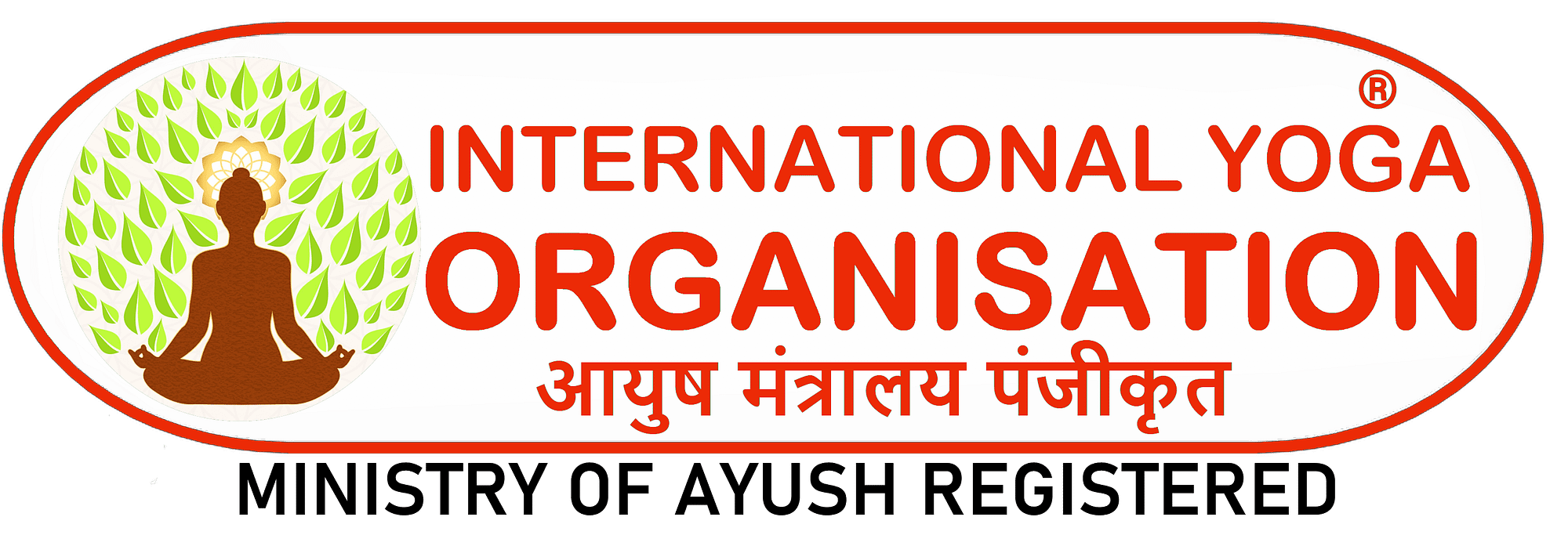
Breath Control Equals Mental Control
 Ujjayi: Drawing Breath
Ujjayi: Drawing Breath
Jaya means “success on the spiritual path,” and ujjayi means “she who is victorious.” The ujjayi (pronounced oo-JAH-yee) technique aids in recalling and working with your dreams. It is also cooling to the head, aids digestion, soothes nerves, and tones the body. This breathing exercise produces sound in the throat with the inhalation.
1. Inhale slowly, keeping the lips closed and closing off the glottis, which is the opening between the vocal chords. Make a soft, humming sound: “hahhhhhhh.” Think Darth Vader breathing.
2. Imagine you are inhaling all the way to your heart. The upper portion of your lungs is full. You should feel the passage of the exhale, and you should hear it from the roof of your mouth.
3. Repeat several times.
Bhastrika: Bellows Breath
Bhastrika (pronounced bah-STREE-kah) is a powerful technique. Progress with it slowly to make the foundation strong. The bellows breath brings heat to the body and is excellent for weight reduction. It clears energy, purifies the physical body, and opens up restrictions in the spine, permitting a freer energy flow.
1.Exhale deeply and sharply, feeling your diaphragm muscle pull your navel in.
2. Inhale and exhale rapidly through your nose by continuing to force air out with sharp movements of your diaphragm. Don’t worry about the inhale, which will take care of itself. Concentrate on the force of the exhalations.
3. Don’t hold your breath between breaths. Aim for deep, quick movements of the diaphragm muscle. Remember, the inhalation will take little effort, especially as you practice this exercise and feel how the inhalation is a natural reflex following the exhalation.
4. Do 10 cycles, then hold your breath for a few seconds.
5. Repeat as many times as possible. If the strength of your exhalation begins to weaken, reduce the number of breaths in a cycle.
Kapalabhati: Skull Shining
Kapalabhati (pronounced KAH-pah-lah-BAH-tee), or skull shining, is similar to bellows breath, but with a slow inhalation and a strong exhalation, and with a pause after each exhalation. This exercise has similar benefits but is like a calmer, easier, slower version. It is therefore more calming than bellows breath, which is more energizing. Since the skull consists of sinus passages, the technique is called skull shining, because it shines or clears the sinuses. It is also said to make your nose prettier!
1. Feel your diaphragm muscle pull your navel in as you exhale deeply and sharply. Then pause, holding your breath, after the exhalation for just a second or two.
2. Inhale slowly and deeply, then exhale sharply again, forcing the air out as you did before. Again, pause after the exhalation for a few seconds.
3. Pause between cycles. Do as many cycles as you can, spending one minute on each cycle. Gradually increase the time of your meditation after the cycle.
Shitali: Cooling Breath
Shitali (pronounced shee-TAH-lee) is great for summer! This technique is healing to the body and cools it from excessive heat. It clears the eyes and ears, satisfies hunger and thirst, activates the liver, and improves digestion. Shitali involves rolling the tongue, then inhaling through it like a straw.
1. Roll your tongue into a tube and keep the tip of it slightly outside the mouth. (If you can’t roll your tongue, just try to raise the sides as well as you can, or just stick it out!)
2. Draw in breath through your curled tongue as if you’re sipping through a straw. Fill your lungs.
3. When your lungs are full, bring your tongue into your mouth and close your mouth.
4. Lower your chin slightly and retain the breath for a few seconds.
5. Exhale slowly through your nose.
6. Repeat several times.
Bhramari: Bee Breath
Bhramari (pronounced brah-MAH-ree) is good for insomnia. It imitates the sound of a bee and literally means “she who roams” (as a bee roams). Energetically, it helps awaken kundalini energy. You’ll make the soft, humming sound of a bee with this technique.
1. Sit in one of the meditative postures or comfortably in a chair or cross-legged on the floor. Close your eyes.
2. Close off your right nostril with your right thumb. Inhale through your left nostril.
3. Fill your lungs, close both nostrils, and retain your breath for a few seconds. 4. Open your left nostril and slowly exhale through the left nostril using your throat to make a soft “eeee” sound through your exhalation.
5. Keep the exhalation going as long as possible. Alternate nostrils.
6. Repeat, starting with the left nostril for the inhalation.
7. Gradually intensify the breath and increase the sound of the “eeee” (the bee is getting closer!).
8. Repeat several times, alternating nostrils.
Nadi Shodhana: Alternate Nostril Breathing
Nadi shodhana (pronounced NAH-dee shoh-DAH-nah) balances the male/female or ha/tha within. This means it balances the emotional and physical natures. For example, when your emotions become overwhelming, this technique brings you back to a balanced state. Gradually, the amount of time when both nostrils are closed should increase comfortably. Keep your finger movement to a minimum.
1. Sit in one of the meditative postures, or comfortably in a chair or cross-legged on the floor. Close your eyes.
2. Cover your right nostril with your right thumb exhale. Inhale through your left nostril.
3. Close your left nostril with the ring finger of your right hand. Your two middle fingers should be turned in toward your palm.
4. Hold both nostrils closed for as long as you can comfortably. Then release the right nostril and exhale through it.
5. Inhale through your right nostril, then close it again.
6. Hold both nostrils closed for as long as you can comfortably. Then exhale through your left nostril.
7. Inhale through your left nostril, close, exhale through your right nostril, and so on.
8. Repeat several times.
Murccha Kumbhaka: Third-Eye Breathing
Murccha kumbhaka (pronounced MER-chah koom-BHAH-kah) focuses all your attention and energy on your third eye, which is the chakra, or energy center, located between and just above your eyebrows on your forehead. (For more on this and other chakras. This exercise produces a focused, blissful feeling.
1. Gently and slowly inhale, then hold your breath.
2. As you hold your breath, concentrate on the spot on your forehead about an inch above the place exactly between your eyebrows, called the third eye.
3. Hold your breath for as long as is comfortable, while staying focused on the third eye.
4. Exhale very slowly through your mouth, staying focused on the third eye.
5. Repeat several times.
Kevali Kumbhaka: Hold Your Breath (But Not ’Til You Turn Blue!)
Just like anything else, breath control and capacity increase with practice. In kevali kumbhaka (pronounced kay-VAH-lee koom-BAH-kah), you practice holding your breath. Don’t make yourself dizzy. Don’t hold your breath until you faint. Just hold your breath until you feel like you need to let it go again. The more you practice this technique, the longer you’ll be able to hold your breath, which increases your lung capacity and makes your breathing more efficient.
1. Inhale deeply through the nose, then hold your breath.
2. Hold for as long as is comfortable.
3. Exhale gently, slowly, and fully.
4. Repeat several times. We’re confident you’re feeling more energized by now. What a great way to prime your body for IYO yoga postures—and life!
➤ Prana is the universal life force that permeates and animates everything, including you.
➤ Prana flows into the body via the breath, so controlling the breath controls the flow of prana.
➤ Pranayama are breathing techniques that, when practiced, result in better control of the mind and body.
➤ Practice pranayama with good posture for optimal results.


